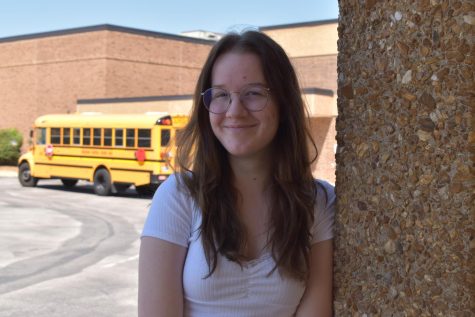Turning on the news, you are greeted by reporters reciting recent statistics about COVID-19. Hospitals care for an endless amount of patients as they start to overflow. Stickers carefully placed six feet apart are seen in almost every store, with large bottles of hand sanitizer placed nearby. However, there is a disconnect in watching the news and actually living through it, trapped in your room, eating by yourself, missing connections with other people. People with COVID-19 are all around us, even in our schools. 
Sophomore Sophia Johnson got COVID-19 from a coworker at her workplace, McDonaldÔÇÖs, in the beginning of August. Despite living together, her mom tested negative. They stayed on different floors of the house to avoid spreading the virus.
ÔÇťIn reality I should have quarantined better. I wasn’t completely quarantined from [my mom]. The first week or so when I was sick we did a pretty good job quarantining, but after that week, once I was up, moving around more and feeling better, then we still kept our distance but sometimes we were in the same room together for a few minutes,ÔÇŁ Johnson said.
With her symptoms changing frequently, Johnson spent a lot of time sleeping. At one point, she was unable to stand up for more than five minutes without feeling faint.
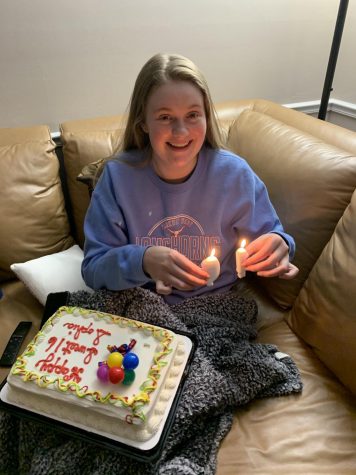
ÔÇťI know it was difficult for my mom. I was so disappointed when my test came back positive and she couldn’t do anything about it. She had to do so much more work around the house too,┬á because many days I was too tired to do anything,ÔÇŁ Johnson said. ÔÇťI definitely understood [the experience of having COVID-19] a little better after I got COVID-19. It felt more real to me and less like a what-if.ÔÇŁ
Testing positive within days of her birthday was disappointing to Johnson as the countdown to the day she could get her driverÔÇÖs license and a car came to a halt. She had also been looking forward to seeing her best friend and traveling to California.
ÔÇťThe time feels like it goes on and on when you have to quarantine [despite] starting to feel better,ÔÇŁ Johnson said. ÔÇťTo families with COVID-19, do what the doctors tell you even though it’s frustrating. Talk to your family on the phone to know they’re there for you and wait until you really feel better to return to daily life.ÔÇŁ
Headaches and fatigue were some of the worst symptoms of junior Michael Lolley when he got COVID-19. Lolley and his dad both had COVID-19, but at different times. 
ÔÇť[There were] no more family dinners. I didn’t get as many updates on what was going on around the house. The headaches were horrible. I never knew about them before they came; they were so painful,ÔÇŁ Lolley said.
The hardest part of COVID-19 for Lolley was staying isolated. His parents would bring him food on trays and he would stay in his room.
ÔÇťA lot of people reached out to me to make sure I was okay while I was sick and I thought that was really nice. Some people I hadn’t talked to in months, or even years, reached out,ÔÇŁ Lolley said. ÔÇťI’ve always worn a mask but I believe all this doesn’t feel real until it’s a reality. Until someone you love or even you get it, it feels a little fake, and that’s I think part of what makes this so bad.ÔÇŁ
Sophomore Ethan Larson did not get COVID-19, but his mom and stepfather did in November. The family disinfected the house every day and all six siblings tried to stay separated.
ÔÇťI did not realize how much distance would come with [COVID-19] and all the cleaning. There were so many places the virus could be sitting around at,ÔÇŁ Larson said. ÔÇťDistancing from my family was not something I was used to. Even during the normal day I still try to talk with my family every once in a while but not seeing them at all was definitely odd.ÔÇŁ
COVID-19 impacted each of LarsonÔÇÖs family members differently. His younger brother did not attend an in-person middle school, except for his first day. His mom and stepfather were isolated from everyone.
ÔÇťUsually you will hear conversations and sometimes sounds of wrestling, but that’s just a household with eight people. The house [felt] a lot more quiet and less like a home,ÔÇŁ Larson said. ÔÇť[Not being able to see friends] really brought me down because it meant I would be stuck with my siblings. I would only hear arguing and taunts, and not laughing and fun conversations. It killed my good-spirited mood for a month.ÔÇŁ
Seeing family again after quarantine was a relief to Larson. He also got to see his dad, since they had been quarantining at his momÔÇÖs house.
ÔÇťIt’s never a bad idea to be extra cautious. Yes the quarantine is going to suck, but the quarantine is such a better alternative than risking the lives of people you know,ÔÇŁ Larson said.┬áÔÇťThis pandemic is a big deal and some people do not realize the importance of all the guidelines. When we as a population can all see this and accept it, the fight to end COVID-19 will be almost over.ÔÇŁ


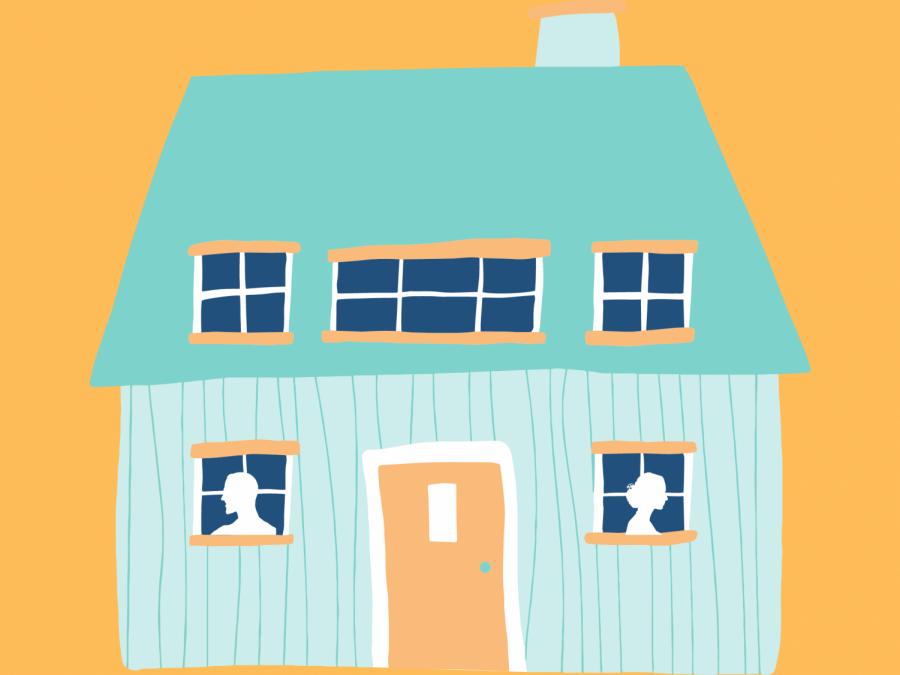
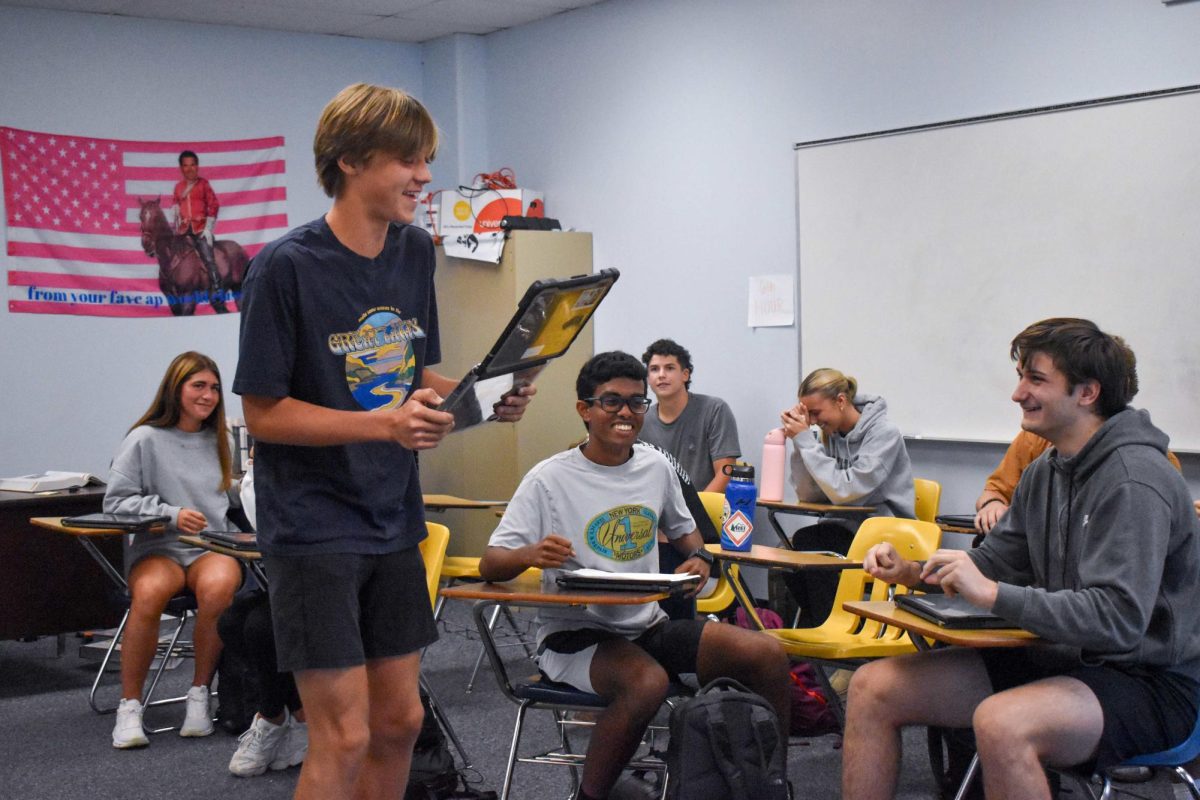
![Freshman Daphne Stokes looks at a table with Veterans Day flyers and information on Nov. 11. Stokes, along with other West High students, like senior Alexander Lewinski, passed by the table in the cafeteria with army recruitment information and giveaways for students to observe during lunch. ÔÇťTalking with [the recruiters] has definitely helped me [find] where I wanted to go, more than anything else,ÔÇŁ Lewinski said.](https://pwestpathfinder.com/wp-content/uploads/2025/11/DSC_1227-2-1200x800.jpg)
![Helping a customer, print room assistant Gretchen Williams operates her booth at the West High Craft Fair from Oct. 25-26. This was WilliamsÔÇÖ first time participating in the Craft Fair with her new craft shop, Gs Beaded Boutique. ÔÇťPeople have always said, over the years, ÔÇśyou should open something.ÔÇÖ [I replied that] I would rather just make [my crafts as] gifts for people. I just started [the online store] up, and it's been okay. I'm always surprised [by] how many views I get and [the] people from different states buying things; somebody from Alaska bought something the other day.ÔÇŁ](https://pwestpathfinder.com/wp-content/uploads/2025/11/DSC0451-2-1200x799.jpg)
![Gesturing toward the clubÔÇÖs name on the board, Global Youth Aid co-president year Daniah Alsagheer discusses upcoming service projects with members during a meeting on Oct. 30. ÔÇťWe might be one club at one school, but together, weÔÇÖre [part of] something much bigger,ÔÇŁ Alsagheer said.](https://pwestpathfinder.com/wp-content/uploads/2025/11/DSC00949-1200x800.jpg)
![Focused on providing exceptional service, sophomore Darsh Mahapatra carefully cleans the door of a customerÔÇÖs car. Mahapatra has always believed his customers deserve nothing less than the best. ÔÇť[If] theyÔÇÖre trusting us with their car and our service, then I am convinced that they deserve our 100 percent effort and beyond,ÔÇŁ Mahapatra said.](https://pwestpathfinder.com/wp-content/uploads/2025/10/DSC_0018-1200x800.jpg)
![Sophomore Aleix Pi de Cabanyes Navarro (left) finishes up a soccer game while junior Ava Muench (right) warms up for cross country practice. The two came to Parkway West High School as exchange students for the 2025-2026 school year. ÔÇťThe goal for the [exchange] program is to provide opportunities for both Parkway students and our international exchange students to learn about other cultures, build connections and become confident, capable, curious and caring ÔÇö ParkwayÔÇÖs Four CÔÇÖs ÔÇö in the process,ÔÇŁ Exchange Program Lead Lauren Farrelly said.](https://pwestpathfinder.com/wp-content/uploads/2025/10/Feature-Photo-1200x800.png)
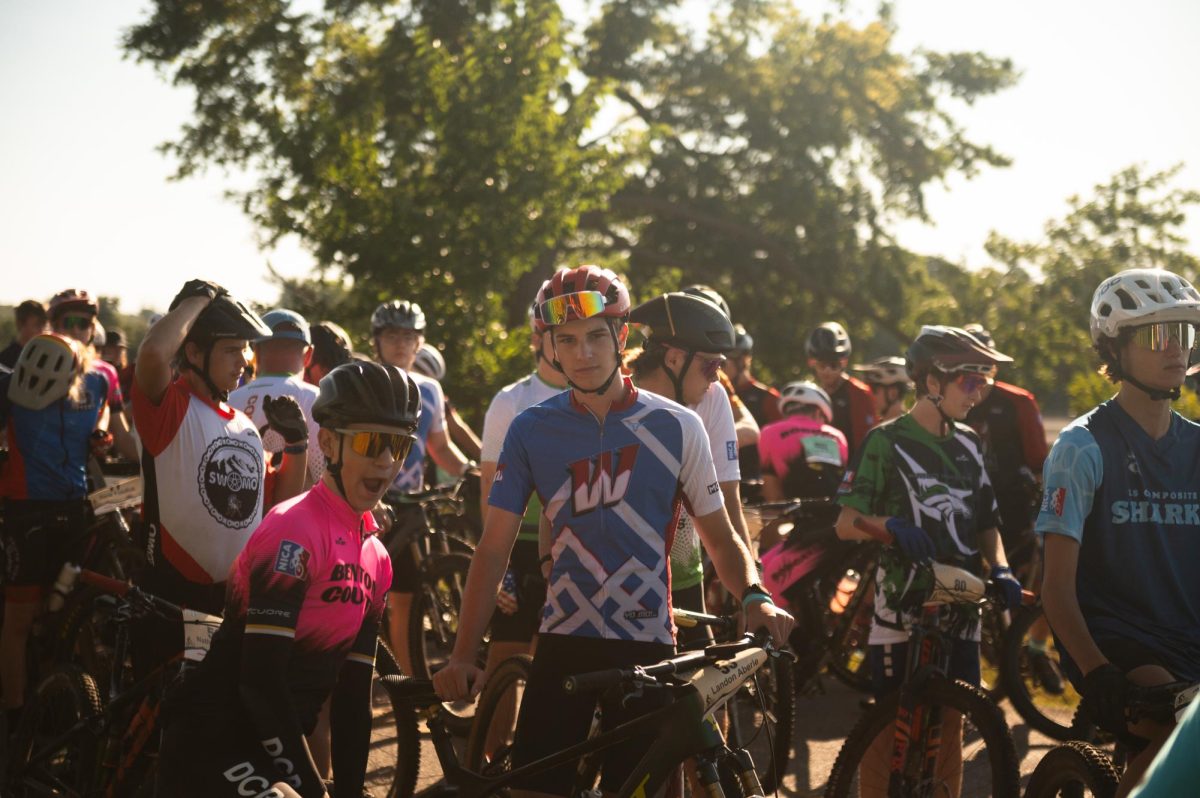
![Gazing across the stage, sophomore Alexis Monteleone performs in the school theater. The Monteleone familyÔÇÖs band ÔÇťMonte and the MachineÔÇŁ has been releasing music since 2012, but Alexis started her own solo career in 2024 with the release of her first single, Crying Skies. ÔÇťMy whole family is very musical, [and I especially] love writing [songs with them],ÔÇŁ Monteleone said.](https://pwestpathfinder.com/wp-content/uploads/2025/09/DSC7463-1200x798.jpg)
![Amid teaching a lesson to her AP Calculus BC class, Kristin Judd jokes alongside her students in their funny remarks. Judd has always enjoyed keeping the mood light in her classroom, along with on the volleyball court. ÔÇť[I enjoy] that side talk where you see [or] overhear a conversation and chime in, or somebody says something funny,ÔÇŁ Judd said.](https://pwestpathfinder.com/wp-content/uploads/2025/09/image-1200x730.jpg)
![Eyeing the ball, junior Ella McNeal poses for her commitment pictures at Clemson University. McNealÔÇÖs commitment comes after months of contact with top Division 1 soccer programs. ÔÇť It has taken a lot to get to where I am, but I know that [what] I've already been through is just the beginning, and I can't wait for what is to come,ÔÇŁ McNeal said.](https://pwestpathfinder.com/wp-content/uploads/2025/09/IMG_4926-1200x900.jpeg)
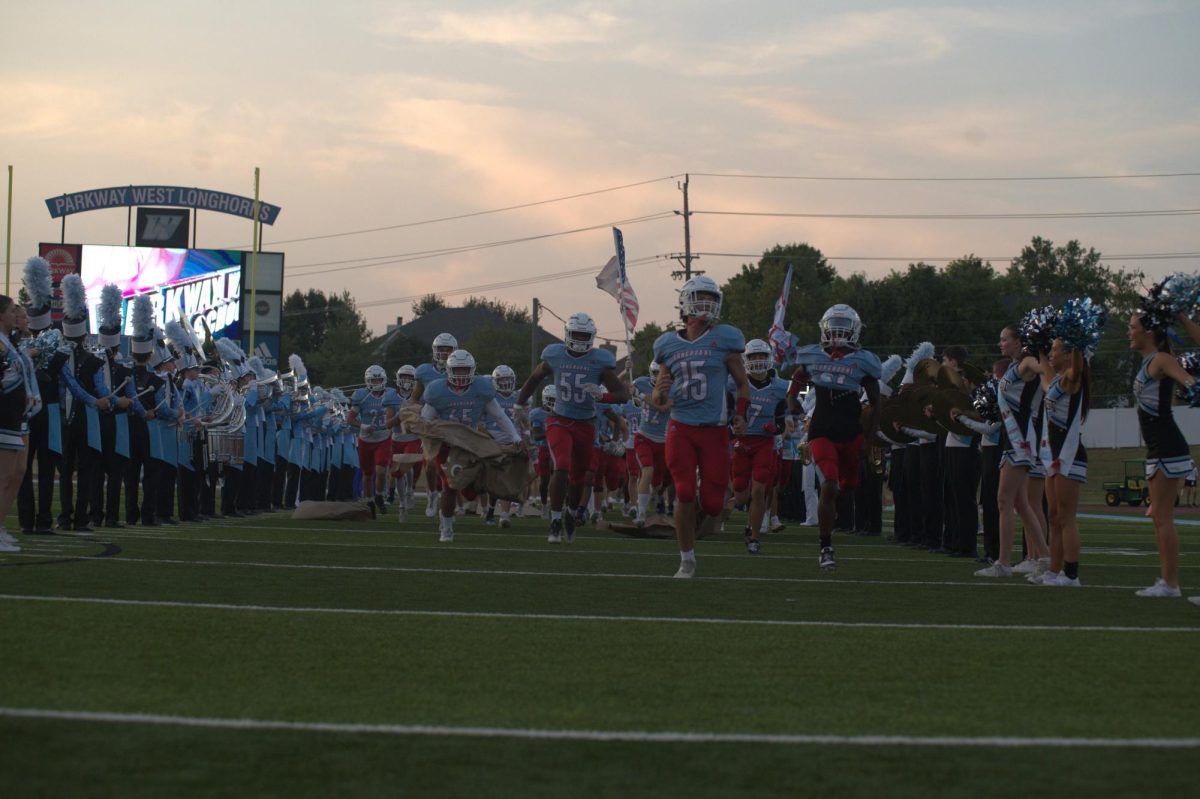
![Sophomore Shree Sikkal Kumar serves the ball across the court in a match against Lindbergh. Sikkal Kumar has been a varsity member of the varsity girlsÔÇÖ tennis team for two years, helping her earn the number two rank in Class 2 District 2.ÔÇťWhen matches are close, itÔÇÖs easy to get nervous, but I [ground] myself by[staying] confident and ready to play,ÔÇŁ Sikkal Kumar said.](https://pwestpathfinder.com/wp-content/uploads/2025/11/DSC2801-1200x798.jpg)
![Dressed up as the varsity girlsÔÇÖ tennis coach Katelyn Arenos, senior Kate Johnson and junior Mireya David hand out candy at West HighÔÇÖs annual trunk or treat event. This year, the trunk or treat was moved inside as a result of adverse weather. ÔÇťAs a senior, I care less about Halloween now. Teachers will bring their kids and families [to WestÔÇÖs Trunk or Treat], but there were fewer [this year] because they just thought it was canceled [due to the] rain. [With] Halloween, I think you care less the older you get,ÔÇŁ Johnson said.](https://pwestpathfinder.com/wp-content/uploads/2025/10/DSC00892-1-1200x800.jpg)
![Leaning on the podium, superintendent Melissa Schneider speaks to Parkway journalism students during a press conference. Schneider joined Parkway in July after working in the Thompson School District in Colorado. ÔÇťMy plan [to bond with students] is to get things on my calendar as much as possible. For example, being in [classes] is very special to me. I am trying to be opportunistic [meeting] kids [and] being in [the school] buildings. I have all the sports schedules and the fine arts schedules on my calendar, so that when I'm available, I can get to them,ÔÇŁ Schneider said.](https://pwestpathfinder.com/wp-content/uploads/2025/09/IMG_5425-1200x943.jpeg)

![Leaping through the air, senior Tyler Watts celebrates his first goal of the season, which put the Longhorns up 1-0 against the Lafayette Lancers. Watts decided to play soccer for West for his last year of high school and secured a spot on the varsity roster. ÔÇť[Playing soccer for West] is something I had always dreamed of, but hadnÔÇÖt really had a good opportunity to do until now. ItÔÇÖs [really] fun being out [on the field], and IÔÇÖm glad I decided to join the team. ItÔÇÖs just all about having fun with the boys and enjoying what time we have left together,ÔÇŁ Watts said.](https://pwestpathfinder.com/wp-content/uploads/2025/09/DSC_1951-1200x855.jpg)

![Shifting global trade, President Donald TrumpÔÇÖs tariffs are raising concerns about economic stability for the U.S. and other countries alike. ÔÇť[The tariffs are] going to pose a distinct challenge to the U.S. economy and a challenge to the global economy on the whole because it's going to greatly upset who trades with who and where resources and products are going to come from,ÔÇŁ social studies teacher Melvin Trotier said.](https://pwestpathfinder.com/wp-content/uploads/2025/05/MDB_3456-1200x800.jpg)

![Pitching the ball on Apr. 14, senior Henry Wild and his team play against Belleville East. Wild was named scholar athlete of the year by St. Louis Post-Dispatch after maintaining a high cumulative GPA and staying involved with athletics for all of high school. ÔÇťItÔÇÖs an amazing honor. I feel very blessed to have the opportunity to represent my school [and] what [it] stands for,ÔÇŁ Wild said.](https://pwestpathfinder.com/wp-content/uploads/2025/05/unnamed-6-1200x714.jpg)
